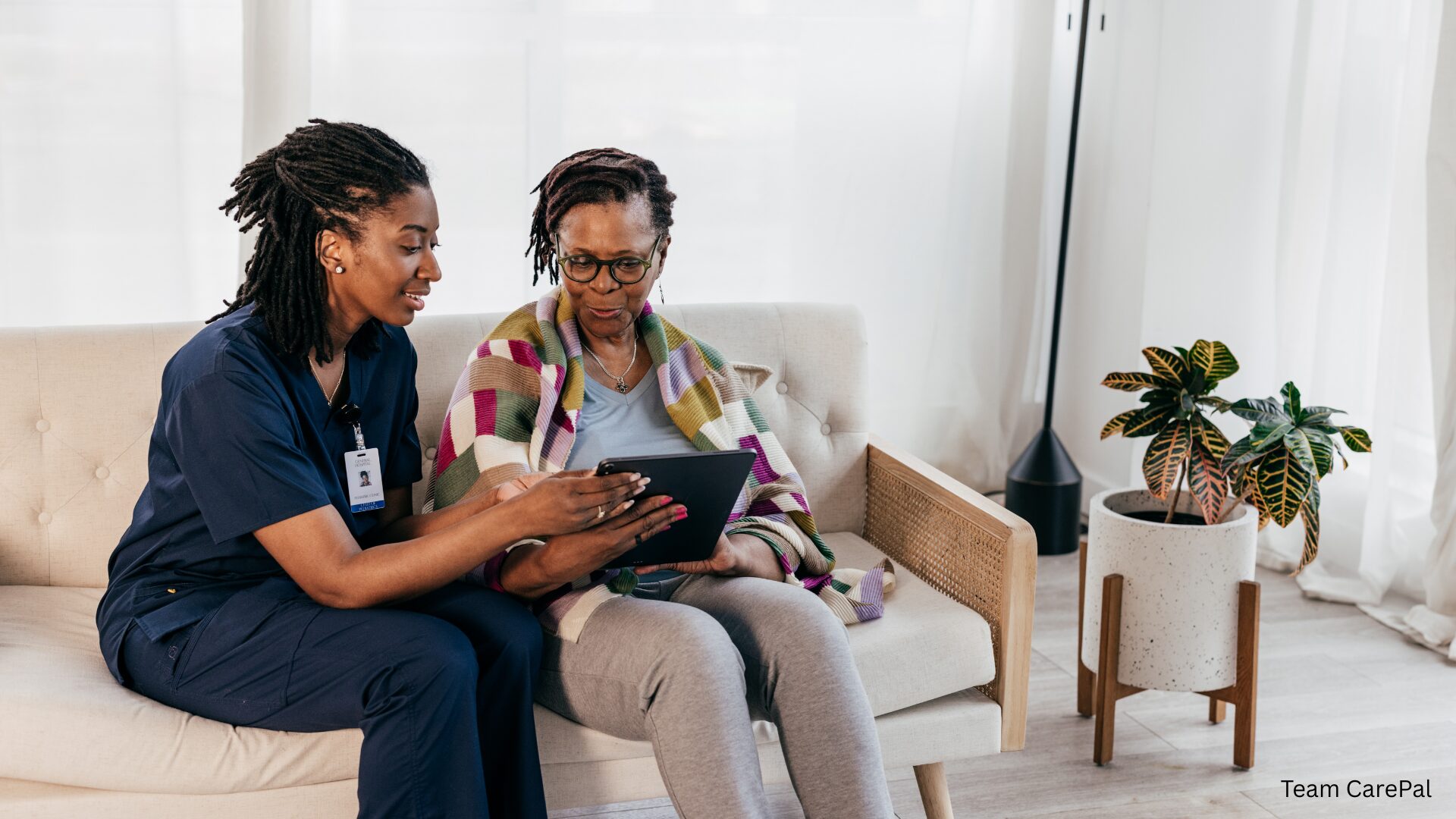There are thousands of apps designed to make our lives easier. They track our health, manage our families, and help us stay connected — and most of us trust them with incredibly personal information without a second thought.
But here’s the problem: 81% of Americans assume their health data in digital health apps is protected under HIPAA, when in reality, most of those apps aren’t covered at all.
A review of more than 20,000 mobile health apps found that 88% had code to collect user data, yet very few could actually be confirmed as HIPAA-compliant.
Building a secure product that truly meets those standards isn’t just about adding encryption — it’s a huge and expensive process.
Team CarePal has spent years prototyping and co-building alongside health organizations, caregivers, and experts across medicine, gerontology, and more.
While we’ve always taken security seriously, we knew it was time to take our platform to the next level — to become fully HIPAA and PIPEDA compliant. Doing so not only ensures the highest level of confidence in storing and sharing user data, but also opens the door to working with hospitals, governments, and other regulated organizations.
Many people have heard that “HIPAA is hard.” But what actually makes it so complex?
Real-Time Saves
In most apps, a lot of information sits on your phone or browser to make things feel fast. That’s called caching — and it works great for social or productivity tools where nothing is particularly sensitive.
In CarePal, the information users share may contain private health details. That means we can’t store anything locally. Every post, task update, or comment has to be sent securely to the database right away.
To do that safely, we need a more complex database structure that tracks additional details and stronger communication between the front end and back end. It adds small steps to almost every line of code — things most users never see — but together, they make the system safer and more reliable.
Auto Logouts
In most apps, you can stay logged in for weeks without thinking about it.
But if an app contains health information, that’s risky. We build session timeouts that automatically log users out after a short period of inactivity. That way, if someone walks away from their device, no one else can access personal or family information.
It sounds simple, but it takes extra engineering to handle those logouts and re-logins smoothly. It’s one of those small features users barely notice when it’s done right — but it’s critical for protecting sensitive data.
Encryption Everywhere
One of the first things people hear when learning about security compliance is encryption, but there are two kinds: in transit and at rest.
“In transit” means data is scrambled into code while it’s being sent — like when you hit “send” on a message. Most modern apps already do this.
“At rest” means that even when data is sitting quietly in storage, it’s still encrypted and unreadable without the right key.
In a HIPAA-compliant system, both are required.
Every time the system retrieves or updates data, it has to decrypt it securely, make the change, and re-encrypt it again.
It’s invisible to users, but it’s one of the main reasons secure systems take longer to build and cost more to operate.
Audit Trails
In a regular system, audit logs might show who made changes — like in WordPress, where you can see a list of edits and who made them.
In a secure health system, we have to go one step further.
It’s not enough to track who edited something; we also have to track who viewed it.
That means every time a nurse, administrator, or staff member logs into the backend and opens a piece of sensitive information, the system records exactly who that was and when it happened.
All of this ensures that only authorized people can access information, and that they’re viewing it appropriately — within their role, at the right time, and for the right reason.
From a development standpoint, that means every “view” action — something most systems ignore — now has to hit the database, be logged, and stored securely. It’s one of those invisible but critical pieces of infrastructure that takes a lot more work to build and maintain, but it’s what makes true accountability possible.
SOC 2 Certification
HIPAA and PIPEDA define what must be protected.
SOC 2 defines how you prove it.
It’s a third-party certification that audits everything — from how passwords are managed and devices are secured, to how data is stored and how incidents are handled.
Getting SOC 2 certified takes months of preparation, documentation, and system reviews. It’s one reason certified development teams cost more — they’ve invested heavily in the infrastructure, training, and security controls required to meet these standards.
Building a secure, compliant system takes more time, more testing, and more teamwork — but it’s worth it. Every extra line of code, every database call, and every security check is about protecting the people who use CarePal. Because when families trust us with their stories, their health, and their care journey, that trust has to be earned — and built into every part of the product.
Written by Paisley Churchill – CPO, Team CarePal

